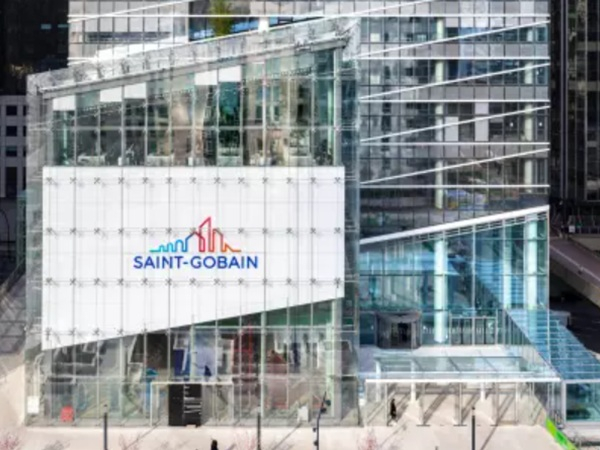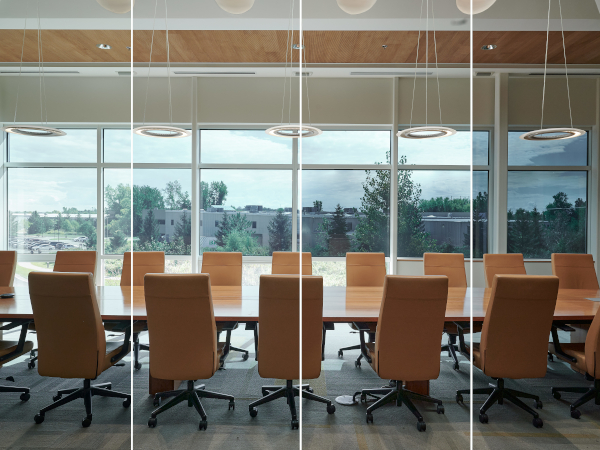Date: 16 January 2009
The presentation introduces the theory behind the Passive House concept, relates this to the Code for Sustainable Homes, and then shows how glass wool insulation can help meet the code’s requirements.It overviews the key features of Passive House construction, such as high levels of insulation, air tightness, designing-in solar gain in winter and designing-out overheating in summer, minimising thermal bridging and using triple glazing.The benefits of employing these practices are also detailed and these include higher air quality, lower fuel bills and regulating the temperature in building interiors.
Isover’s CPD explains how the energy and CO2 usage for a Passive House is approximately equivalent to that required for Level 4 of the code and achieving the Passive House standards ensures the optimum design features are in place for code levels 5 and 6. Then only the non-space and water heating energy requirements need addressing in terms of zero-carbon levels.
It identifies four areas in which up to 30 credits can be gained using glass wool insulation products and systems, as energy and CO2 (category 1), health and wellbeing (category 7), materials (category 3) and pollution (category 6), and gives examples of the types of constructions these systems can be used in. Last but not least, it identifies glass wool insulation’s green credentials in terms of its sustainability, recyclability and environmentally-friendly production and delivery.
Isover’s CPD is supported by a 16-page A4 brochure that explains in plain English how specifiers and housebuilders can crack the Code for Sustainable Homes using something as simple as insulation.












Add new comment